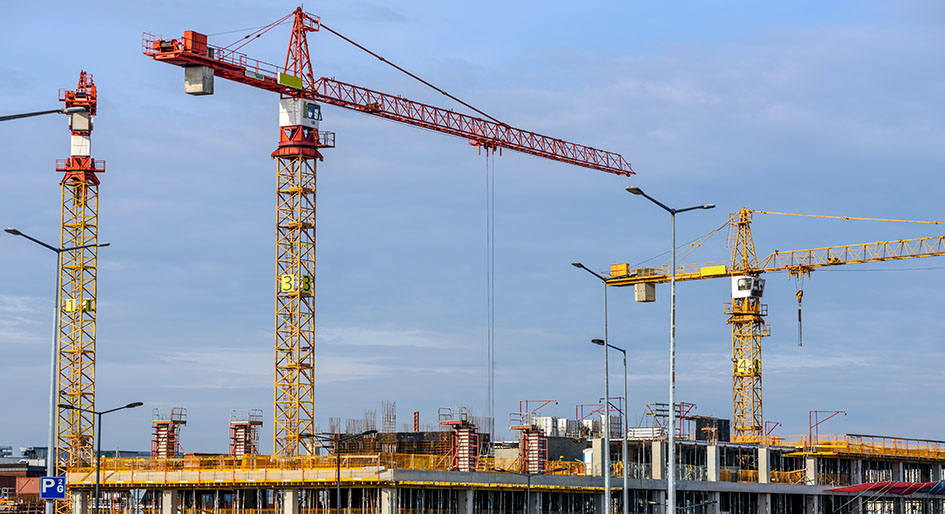Improving safety of tower cranes in B.C.

Risks associated with cranes in B.C. are increasing as more cranes are in operation than ever before, and this work is taking place on increasingly complex, multi-employer worksites.
Tower cranes are essential pieces of equipment on many sites, and typically operate safely and without incident. However, tower cranes have the potential to create catastrophic risk to workers and the public.
In 2021, a tower crane collapse in Kelowna took the lives of five workers, and earlier this year, several crane-related incidents occurred, including a fatal incident at the Oakridge Park worksite that claimed the life of a worker.
Following a comprehensive review of crane safety, WorkSafeBC is introducing a new risk-reduction strategy informed by stakeholder input and feedback.
In March of this year, WorkSafeBC brought together 130 crane-sector stakeholders, including labour representatives, tower crane operators, employers, prime contractors, rental companies, and the B.C. Association for Crane Safety to identify and address gaps in crane safety.
“Crane safety is a priority for WorkSafeBC,” said Todd McDonald, head of prevention services. “With a greater number of cranes operating in increasingly complex worksites, we need to ensure that employers provide the training, supervision and safe-work practices needed to keep workers safe in an evolving work environment.”
Key recommendations include:
- Review the existing crane operator certification program to ensure it supports safe work.
- Explore how to improve the training and skills of supervisors, riggers and workers involved in the assembly, operation, disassembly or repositioning of cranes.
- Review options for employers responsible for the assembly, operation, disassembly or repositioning of tower cranes, including registration and licensing.
- Increase the staffing and capacity of WorkSafeBC’s specialized crane inspection team.
- Develop new regulations to address the frequency of tower crane inspections.
- Review and update the Occupational Health and Safety Regulation — including regulations related to cranes and rigging — to ensure they meet the needs of increasingly complex worksites.
- Ensure that the BC Association for Crane Safety is equipped to service and support workers and employers in the sector.
WorkSafeBC will be discussing these recommendations with the B.C. Ministry of Labour, SkilledTradesBC and industry stakeholders, including labour, employers, and the B.C. Association for Crane Safety.
“The B.C. Association for Crane Safety is actively partnered with WorkSafeBC and its prevention team in support of the enhanced crane strategy, ensuring safe and effective crane, hoisting, and rigging operations throughout the province,” said Clinton Connell, executive director of the BC Association for Crane Safety.
WorkSafeBC is also continuing to implement changes already underway as part of its crane safety initiative, which aims to identify and eliminate unsafe work practices and equipment hazards that have the potential to cause death, serious injury and/or catastrophic equipment failure.
Under the new Notice of Project-Tower Cranes rules, which take effect in October, every employer responsible for a tower crane activity at a workplace in B.C. must ensure that WorkSafeBC receives a written notice of project (NOP) at least two weeks before the crane activity starts. The NOP will allow WorkSafeBC to know who is qualified to perform the work, as well as when, where, and how this work will take place.
There are approximately 400 tower cranes operating in B.C. and 650 credentialled tower crane operators. Over the latest five-year period (2019-2023), there have been 22 incidents involving tower cranes in B.C.
In 2023, WorkSafeBC’s Provincial Crane Inspection Team conducted 1,200 detailed inspections of cranes.
The post Improving safety of tower cranes in B.C. appeared first on REMINET.

